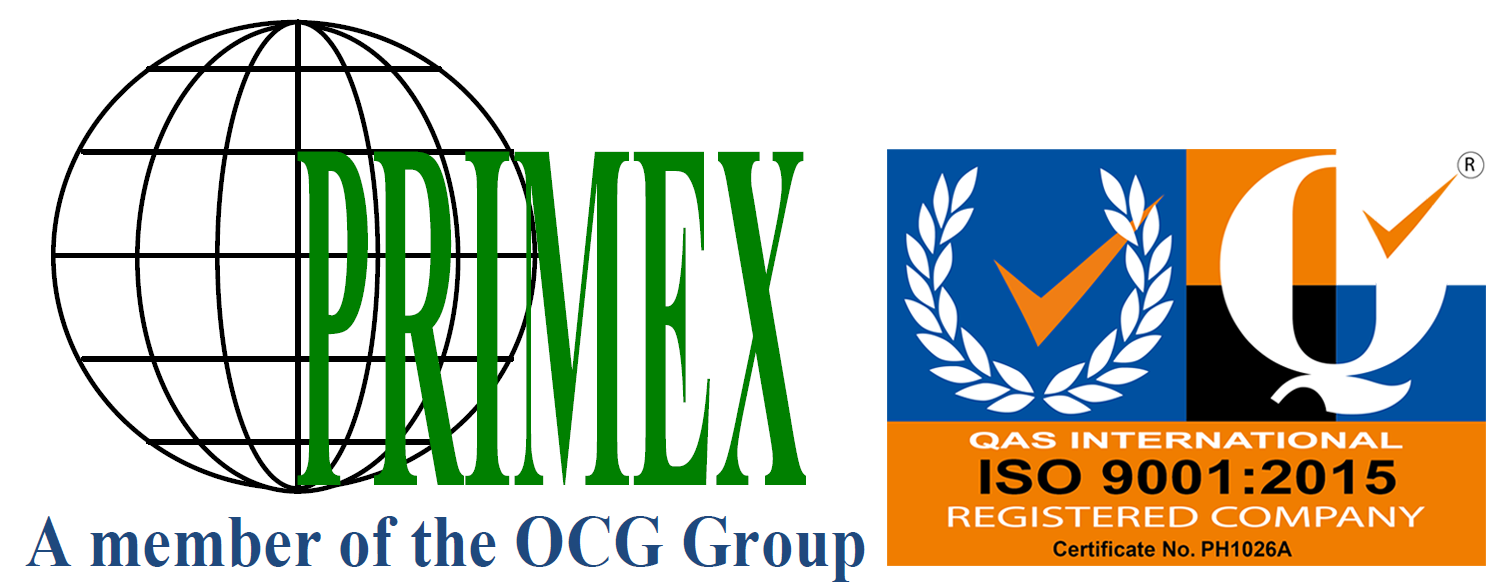Name of Client:
Asian Development Bank (ADB)
Country:
Philippines
Length of Consultancy Assignment:
Start Date: July 2021
Completion Date: April 2022
Detailed Narrative Description of Project:
The overall objective of the TA was to provide the strategic framework for the further development of the Philippine rice sector into one that is competitive, resilient, and climate-adaptive within the context of a broader agriculture sector transformation that will involve the shift of marginal rice farmlands to high-value crops (HVCs), considering demographic and agro-climatic characteristics of the country, and generate higher incomes for farmers. This is in line with One DA reform agenda, specifically its key strategies on diversification, farm mechanization, climate adaptation, technology and innovation and post-harvest processing, and marketing.
PRIMEX was engaged by ADB, in close coordination with DA, to formulate the Philippine Rice Industry Roadmap (PRIR), 2021-2035. To implement the TA, PRIMEX fielded a multidisciplinary consultant team composed of an international Agricultural Economist/Team Leader and international Crop Diversification Technical Expert, as well as the following national consultants in Agribusiness and Marketing, Rice, Policy and Institutions, Monitoring and Evaluation (M&E), Finance, Socioeconomics and Gender, and IT. The Team carried out the work in two phases: (i) situation analysis and needs assessment; and (ii) PRIR development.
Phase I involved the conduct of a rapid review and assessment of the following key areas and aspects: (i) sector policies, laws, institutions, and major plans and programs; (ii) sector financing including government’s expenditure for the rice sector and investments required to finance rice sector transformation; (iii) technical assessment, including the requirements for soil and water, agricultural inputs, farm mechanization, institutional support (such as research and development [R&D], training and extension, ICT, and management measures for crop diversification in non-rice competitive areas) and climate change impacts on the rice sector; (iv) value chain analysis (VCA) at each segment of the rice value chain and market studies on selected agricultural HVCs that can be promoted for farming in non-rice competitive areas; (v) economic analyses, including, among others, economic analysis of the impact on rice and related sectors of a range of policies and investments (including investments in agricultural R&D, irrigation and water management, and rural infrastructure, estimation of the country’s rice demand (by consumer types) and supply (domestic production and import) under a liberalized trading region for the period, 2021–2035, and comparative analysis of the Philippine rice sector with that of rice exporting countries (e.g., Thailand, Viet Nam) in terms of productivity, utilization and loss, costs for the entire value chain, and prices; (vi) social dimensions and gender analysis, including the poverty and socioeconomic situation in rice-competitive and non-rice competitive areas, identification of action for gender equality mainstreaming in the sector, and identification of social protection measures for marginal rice farmers who will be affected by diversification to HVCs; and (vii) selection of rice-competitive and non-rice-competitive provinces for prioritization under PRIR, 2021–2035. Phase II involved: (i) conduct of extensive consultations with all relevant stakeholders to understand the overall issues, reform challenges, and the potential development of the rice sector; (ii) formulation of a PRIR that proposes strategies, policies, operational plans with clear target indicators for the period of 2021-2035, programmatic and non-programmatic assistance, investments, and necessary implementation arrangements inclusive of government agencies, private sector, farmers, research institutions, academia, and development partners; (iii) identification of policy, investment, and institutional measures that promote innovations (e.g., ICT); (iv) an M&E system that will track whether objectives in the PRIR and crop diversification roadmaps are being attained; (v) gender actions to mainstream gender equality in the rice sector; (vi) ICT adoption required for PRIR implementation and M&E. PRIR development will utilize both qualitative and quantitative methods. Qualitative methods include focus group discussions (FGDs) and key informant interviews (KIIs) with concerned stakeholders, while quantitative methods include economic analysis, such as projections of demand, supply, prices, and trade of rice under different scenarios, VCA and market studies of rice and non-rice commodities, and economic viability analysis of farm-level rice production and diversification of farming systems.
